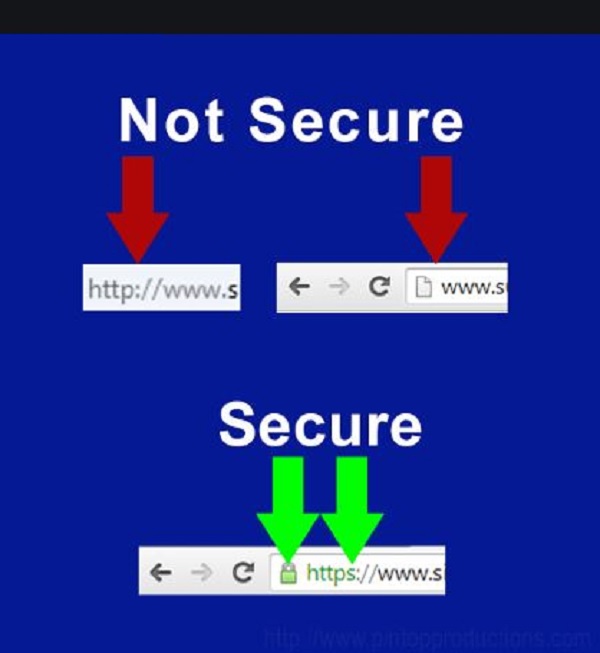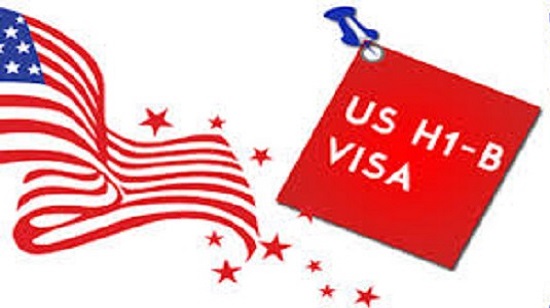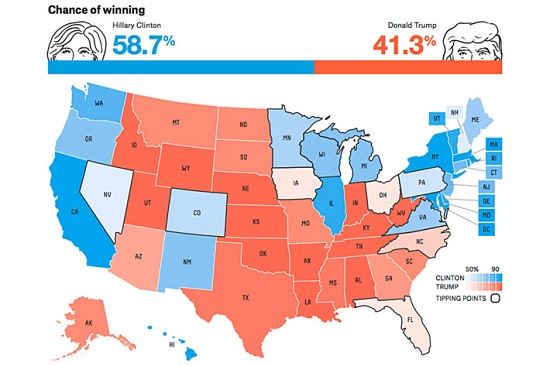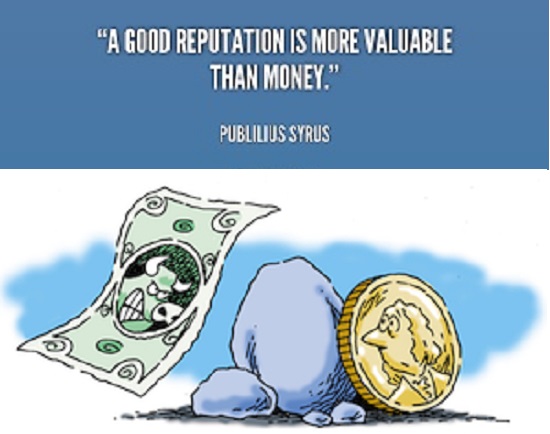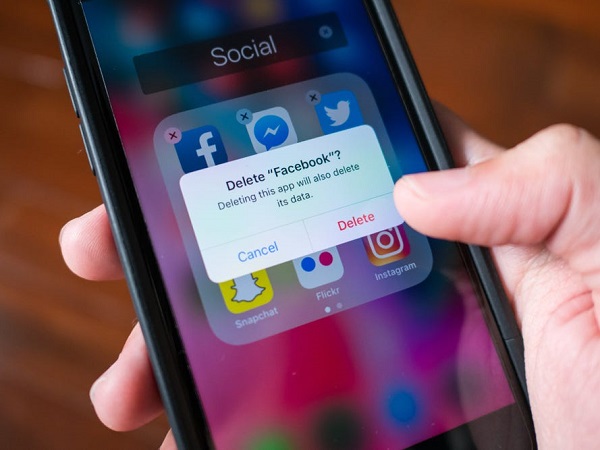
We have never had a Facebook account, because we perceived it as a time-waster, fun for people who didn’t have day jobs and accepted the occasional scandals and the fact that their memberships had made Mark Zuckerberg outrageously wealthy. But more recently people have realized not only how much time they had wasted but also how depressed they were and how many impulse purchases it had caused. Although some people want to make sure they don’t miss out of what’s happening, and others actually use Facebook as part of their job, on balance people agree that Facebook does reduce their productivity. And a 2015 survey of people who have to make decisions found that 86% of them believe that social media are not useful. Social media companies like Facebook are a poor substitute for personal meetings. Zoom and similar alternatives are better for taking care of people that are not present.

